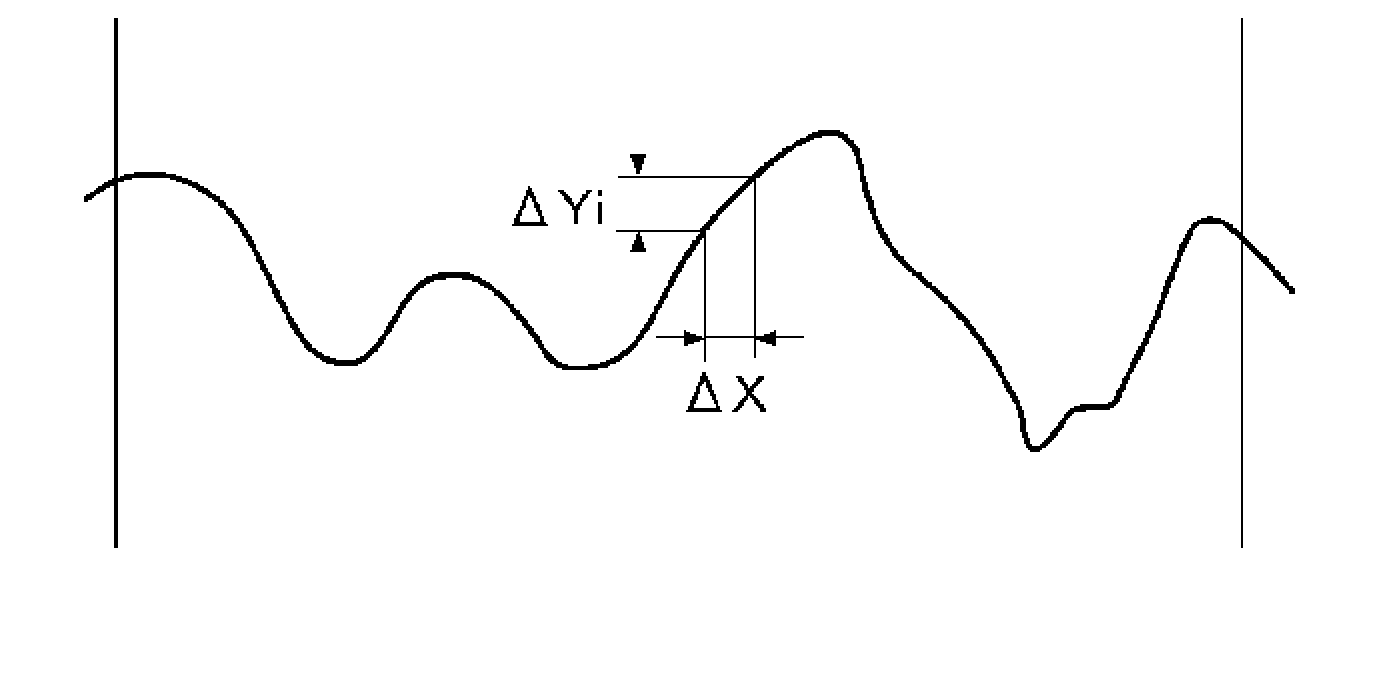Antiglare hard coat film
a technology of hard coat and antiglare, which is applied in the direction of identification means, instruments, coatings, etc., can solve the problems of reducing the display brightness of the display device, deteriorating image clarity, and affecting the display effect, so as to achieve low haze value, high transparency, and high transparency
- Summary
- Abstract
- Description
- Claims
- Application Information
AI Technical Summary
Benefits of technology
Problems solved by technology
Method used
Image
Examples
example 1
Preparation of Coating Material
[0053]To 70.0 g of toluene, 0.09 g of acryl-styrene copolymer particles (manufactured by Sekisui Plastics Co., Ltd., average particle size of 2.0 μm, refractive index: 1.525) were added, followed by well stirring. To this solution, 27.45 g of an acrylic ultraviolet curable resin (manufactured by The Nippon Synthetic Chemical Industry Co., Ltd., refractive index: 1.52), 1.50 g of Irgacure 184 (photopolymerization initiator, manufactured by Ciba Specialty Chemicals Co., Ltd.) and 0.96 g of BYK 325 (leveling agent, manufactured by BYK Chemie Co., Ltd.) were added, followed by well stirring to prepare a coating material.
[0054]Fuji TAC (triacetyl cellulose film, manufactured by Fuji Film Corporation) was coated with the above coating material using a Meyer bar #4 (manufactured by RDS), dried at 80° C. for 1 minute and then cured by irradiating with ultraviolet rays of 350 mJ / cm2 (light source: UV lamp manufactured by Fusion Japan). The thickness of the obta...
example 2
Preparation of Coating Material
[0055]In the same manner as in Example 1, except that the acryl-styrene copolymer particles used in Example 1 were changed to melamine resin-silica composite particles (manufactured by Nissan Chemical Industries, Ltd., average particle size of 2.0 μm, refractive index of 1.650), a coating material was prepared.
[0056]In the same manner as in Example 1, an antiglare film was formed. The thickness of the obtained coating film was 1.6 μm.
example 3
Preparation of Coating Material
[0057]To 80.00 g of toluene, 0.02 g of acryl fine particles (manufactured by Soken Chemical and Engineering Co., Ltd., average particle size of 1.5 μm, refractive index: 1.49) were added, followed by well stirring. To this solution, 18.02 g of an acrylic ultraviolet curable resin (manufactured by TOYO INK Manufacturing, Co., Ltd., refractive index: 1.49), 1.00 g of Irgacure 184 (photopolymerization initiator, manufactured by Ciba Specialty Chemicals Co., Ltd.) and 0.96 g of BYK 325 (leveling agent, manufactured by BYK Chemie Co., Ltd.) were added to prepare a coating material.
[0058]In the same manner as in Example 1, an antiglare film was formed. The thickness of the obtained coating film was 1.2 μm.
PUM
| Property | Measurement | Unit |
|---|---|---|
| width | aaaaa | aaaaa |
| width | aaaaa | aaaaa |
| width | aaaaa | aaaaa |
Abstract
Description
Claims
Application Information
 Login to View More
Login to View More - R&D
- Intellectual Property
- Life Sciences
- Materials
- Tech Scout
- Unparalleled Data Quality
- Higher Quality Content
- 60% Fewer Hallucinations
Browse by: Latest US Patents, China's latest patents, Technical Efficacy Thesaurus, Application Domain, Technology Topic, Popular Technical Reports.
© 2025 PatSnap. All rights reserved.Legal|Privacy policy|Modern Slavery Act Transparency Statement|Sitemap|About US| Contact US: help@patsnap.com



